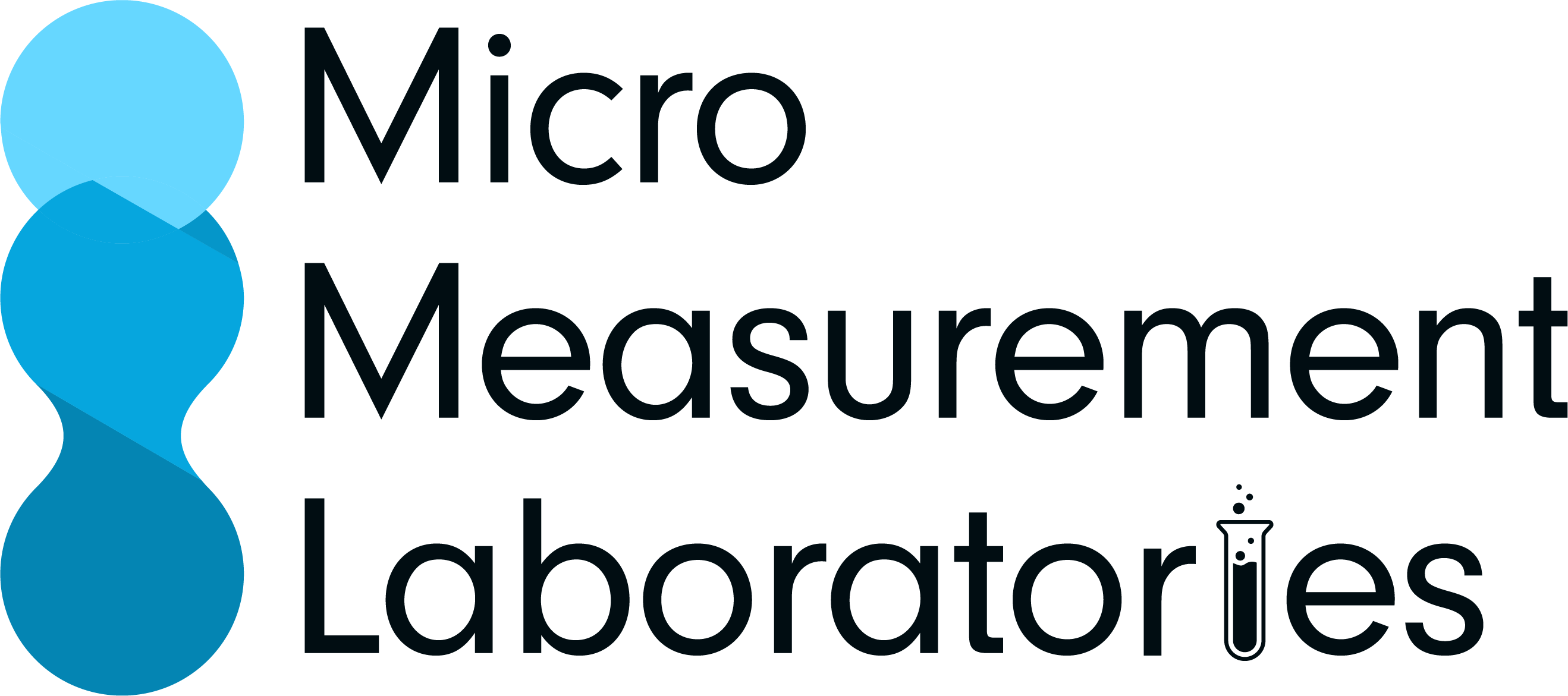Micro Measurement Labs has been manufacturing challenge sets for visual inspection for nearly 20 years. Our sets are used by injectable pharmaceutical manufacturers and professional organizations worldwide to train and qualify human inspectors and semi- and fully automated inspection machines.
MML sets can be broken down into three basic categories:
Introductory or Training Sets
A technician new to the science of visual inspection needs to build confidence in identifying different materials, usually starting with very large sizes and progressively working smaller toward the limit of detection for visual inspection. This is best accomplished using a set comprised of 15-20 units where most are defect units, along with one or two known no-defect or “blank” units. Each container contains a single defect particle in a range of 100µm –1000µm for particles and ≥ 500 µm -2,000 µm for fibers representative of extrinsic and intrinsic contaminants expected to be found at the facility.
Probability of Detection (POD) Sets (Knapp Method)
In order to satisfy the USP <790> and <1790> regulatory requirements, facilities often turn to the Knapp method to determine their manual performance baseline and qualify the inspection system’s capabilities. A POD set is used for this purpose and is typically comprised of real-world particles and also multiple replicates of standard particles, usually glass or polystyrene spheres. The number of different sizes can vary, but 6 – 8 different sizes between 50 – 500 µm for particles (fibers are usually larger) are common.
Certified Challenge Set
A certified challenge set is a 100% customizable qualification set used for ongoing training, qualification, and re-qualification of manual, semi-automated, and fully automated inspectors and machines. These sets usually contain 10-15% defect units with the remainder comprised of known no-defect or “blank” units. The number of defect units is determined first and is typically a product of a risk analysis of potential extrinsic, intrinsic, and inherent sources of product or process contamination. Usually, 3-4 sizes of each contaminant material are produced across the range of POD values determined during system qualification activities.
Set Design Considerations
Once you’ve narrowed the focus and purpose of your set, there are a number of other factors that must be considered as part of designing a set that will provide good data:
- A separate set is required for each container type and size: vials, ampoules, syringes
- Container color (i.e. amber glass) or opacity (syringe barrels or I.V. bags) must be considered
- Solution properties such as turbidity, viscosity, or color in hazardous or cytotoxic products must be matched using a placebo or surrogate solution we can design for you
- If you have unknown particles in your defect library, the MML Particle Identification Group can isolate and identify them for you to ensure it is included in your set
Visit our Customer Contact page to enter your e-mail address to download our challenge set brochure.
You can also obtain more information from the PDA. Please download our award-winning paper “Considerations for Design and Use of Container Challenge Sets for Qualification and Validation of Visible Particulate Inspection”, James A. Melchore and Dan Berdovich; PDA Journal of Pharmaceutical Science and Technology 2012, 66 273-284. (http://journal.pda.org/content/66/3/273.full.pdf+html?sid=509b64c7-8eef-40c5-87c6-8c1c8c368032)

